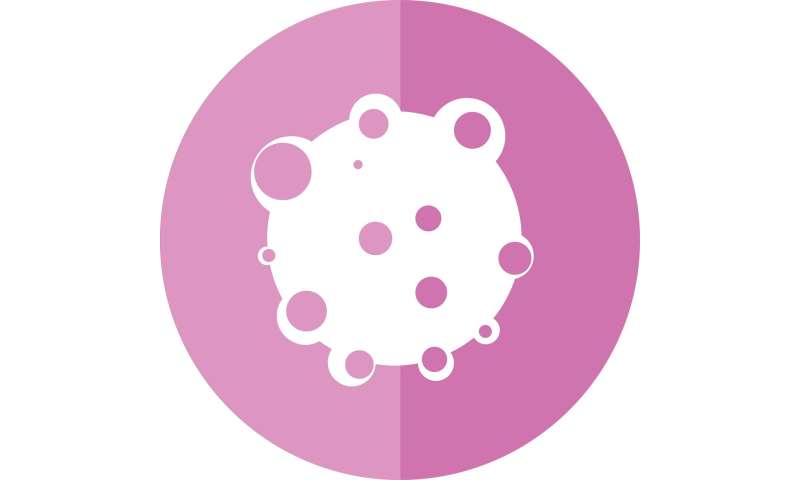
Scientists at Baylor College of Medicine have found new evidence that glioma, a lethal form of brain cancer, alters the activity of neighboring neurons, accelerating a vicious cycle that drives tumor-associated epilepsy and tumor progression.
Their findings, published in Nature, showed that several variants of the PIK3CA gene drive tumor progression and that two variants in particular alter the expression of genes involved in synapses—junctions through which neurons communicate.
“Using a new functional genomics strategy, our research reveals a dynamic interplay between glioma cells and adjacent neurons,” said corresponding author Dr. Benjamin Deneen, professor of neurosurgery and in the Center for Stem Cell and Regenerative Medicine. “In this regard, glioma tumors exhibit Machiavellian behavior—glioma cells remodel the neuronal microenvironment toward hyperactivity, which in turn feeds back to the tumor, promoting its own growth.”
Identifying gene variants that drive glioma
The original goal of this study was to develop an experimental system that would enable researchers to identify new cancer genes in mouse models of brain tumors. To achieve this goal, a collaboration began between the Deneen lab and Baylor co-author Dr. Kenneth L Scott. Together, they genetically engineered their mouse model of glioma into a novel, high-throughput screening platform to identify these PIK3CA variants.
Using their novel screening platform, the researchers discovered several variants of PIK3CA that drive glioma development. Two of the PIK3CA variants, named C420R and H1047R, stood out because they were the strongest drivers of tumor development. Interestingly, some of the genes specifically expressed in C420R and H1047R gliomas are involved in synapse formation, suggesting that the tumors may affect the synaptic balance of neighboring neurons.
“These gene variants produce proteins that differ in only one amino acid—the building blocks of proteins—yet some of the variants generate tumors with molecular profiles that are quite different from the others. This was quite a surprise and tells us that seemingly similar PIK3CA variants promote glioma formation through very different mechanisms,” said Deneen, who also is a member of the Dan L Duncan Comprehensive Cancer Center and holds the Marianne and Russell Blattner Chair at Baylor.
Glioma sets conditions that favor its own progression
To investigate these different mechanisms, Deneen and colleagues focused on the synaptic gene signatures, hypothesizing that these alterations in synaptic gene expression could lead to seizures, network hyperexcitability and direct synaptic changes in their mouse model of glioma. To conduct these studies, Deneen partnered with co-author Dr. Jeffrey L Noebels, professor of neurology, neuroscience, and molecular and human genetics and Cullen Trust for Health Care Endowed Chair in Neurogenetics at Baylor.
“It is well established that synaptic imbalance can result in extensive changes in neuronal network connectivity and excitability, which in some cases culminates in seizure activity,” Deneen said. “Seizures are typical in glioma, but the underlying cellular and genetic mechanisms are not well understood. We took this finding as an opportunity to explore whether different PIK3CA variants can induce epilepsy in glioma and also to understand more about the mechanisms by which tumors promote neuronal hyperexcitability.”
Their studies showed that, indeed, gliomas driven by C420R and H1047R variants do promote early onset of hyperexcitability in neurons surrounding the tumor and remodel synaptic networks by inducing synapse formation. Mice carrying these tumors had seizures that appeared much earlier than in mice bearing tumors driven by other PIK3CA variants.
Digging deeper into the mechanisms that mediate the effect of C420R and H1047R gliomas on their microenvironment, the researchers discovered that these gliomas selectively secreted several molecules of the glypican (GPC) family and that GPC3 drove hyperexcitability and synaptic remodeling. Further, they found that GPC3 itself can drive glioma formation.
These findings provide the first evidence of a glioma-derived mechanism that manipulates the neuronal microenvironment during tumor progression.
Source: Read Full Article
